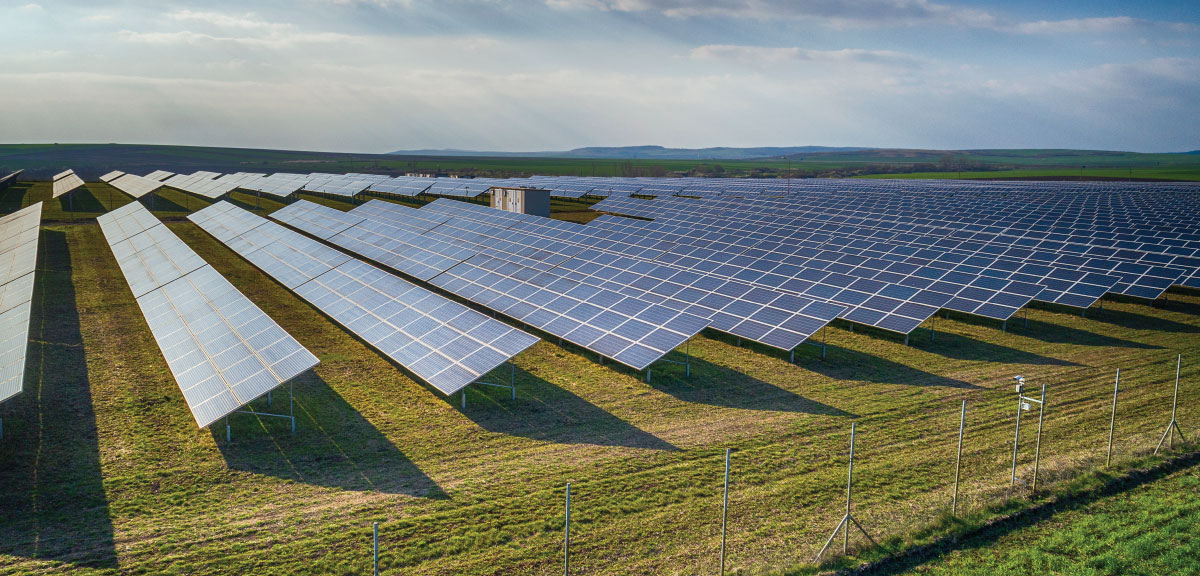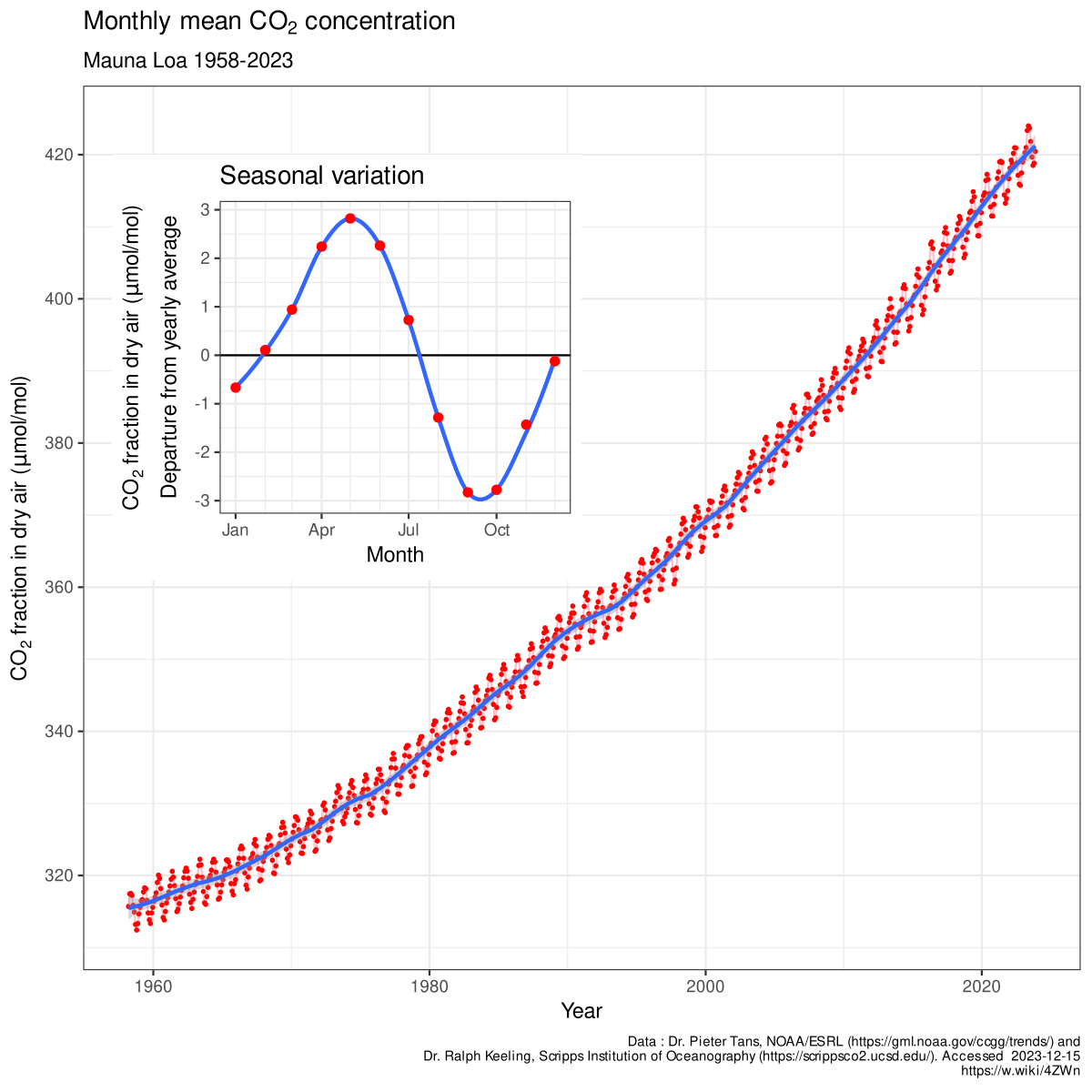healthmyths
Platinum Member
- Sep 19, 2011
- 29,976
- 11,432
- 900
- Thread starter
- #21
And again... not one link or search for FACTS!!!Solar farms, not panels.
And nuclear power plants.
Yes.
A) Costs..Solar farm cost
The average cost to build a solar farm is $0.89–$1.01 per watt, which means a 1 MW solar farm would cost
$890,000–$1.01 million

What is a Solar Farm? Costs, Pros, and Cons Explained
Are solar farms a practical way to utilize solar? Find out everything you need to know about solar panel farms, how much they cost, and more.
In 2023, the United States generated 4.18 trillion kWh.
So 60% of 4.18 trillion kWh (1,000 watts/hour) 2,508,000,000,000 kWh.
So how many solar farm to replace 60% of fossil fuel electricity generator plants:
A 1 megawatt (MW) solar farm generates about 4,000 kilowatt hours (kWh) of electricity per day, 120,000 kWh per month, and 1,440,000 kWh per year.
OR 2,508,000,000,000/1,440,000 kWh per year or 1,741 Solar Farms will be needed at a cost of $1.01 million.
A 1 MW solar farm requires about 100,000 square feet of space or 1,742 solar farms will require 3,998 sq miles at cost of $2.5 million or $9,995,791,246 + $1,759,083,333 construction costs for total of $11,754,874,579.
So who will pay this additional $12 billion and in addition here are some solar farm problems...
Solar farms face several dangers, including:
- Natural resource concerns
Construction and operation of solar farms can damage natural resources, such as soil, water, and air. These concerns include:
- Construction and operation of solar farms can damage natural resources, such as soil, water, and air. These concerns include:
- Soil erosion: Clearing and grading land for solar farms can compact soil and increase runoff and erosion.
- Water contamination: Spills of chemicals, such as dust suppressants, herbicides, and dielectric fluids, can contaminate groundwater or surface water.
- Air pollution: Solar farms generate particulate matter, which can be a pollutant in nearby areas.
- Wildlife damage: Clearing land for solar farms can harm native vegetation and wildlife by interfering with drainage and rainfall, or by causing direct contact.
- Soil erosion: Clearing and grading land for solar farms can compact soil and increase runoff and erosion.
- Severe weather
Solar farms can be damaged by extreme weather, such as lightning, high winds, and falling debris.
- Fire
Fire is a major risk for solar farms, and the solar industry may be underestimating the risk.
- Glare
Solar panels can cause glare, but anti-reflective coatings and strategic panel placement can help reduce this.
- Local temperature
Solar farms can raise local temperatures through a phenomenon called the “solar heat island effect”.
- https://www.nrcs.usda.gov/sites/default/files/2024-03/Conservation_Considerations_Solar_Farms.pdf


